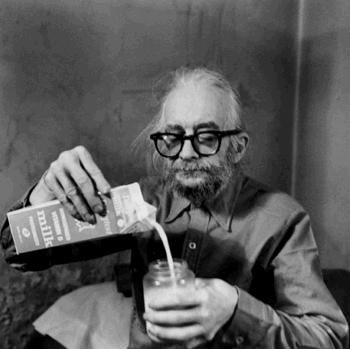“Flame” - C. D. Wright
"the breath the
trees the
bridge
the road the
rain
the sheen
the breath the
line the
skin
the vineyard the
fences
the leg
the water
the breath
the shift
the hair the
wheels
the shoulder
the breath the
lane
the streak
the lining
the hour
the reasons
the name
the distance
the breath
the scent
the dogs
the blear
the lungs
the breath
the glove
the signal the
turn the
need
the steps
the lights the
door
the mouth the
tongue
the eyes
the burn the
burned the
burning"
Wright dramatically conveys the
experience and aftermath of a car crash. By use of words like “road,”
“shift,” “signal,” “lights,” “lane,” and “wheels,”
Wright compacts information into a sensory experience based on
imagery, association, and action. Through the structure of this poem,
Wright refers visually to the order and shape of a road. The stark
division of lanes, lines, and medians can be inferred through the
columns of nouns that Wright forms. The nouns also signify and give
meaning to the experience of a car crash. The imagery is profound and
devastating, as Wright compounds and piles person on top of place on
top of thing. Through this technique, Wright allows the reader to
envision the horror of a car crash far better than a more explicit
poem ever could. She allows the audience to use the breadth of their
imaginations to contemplate and visualize the crash. If Wright had
specified and described each noun, then the audience wouldn't have
felt the confusion and shock of the accident to the same extent and
severity. Like a car crash itself, everything collides in this poem,
seemingly without reason. The only verbs come toward the end, to
emphasize the tragedy and purposelessness to such events. In this
sense, Wright constructs a very nihilistic and existential tone, as
the audience reads about such arbitrary suffering and destruction.

No comments:
Post a Comment